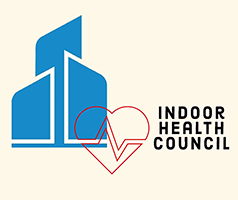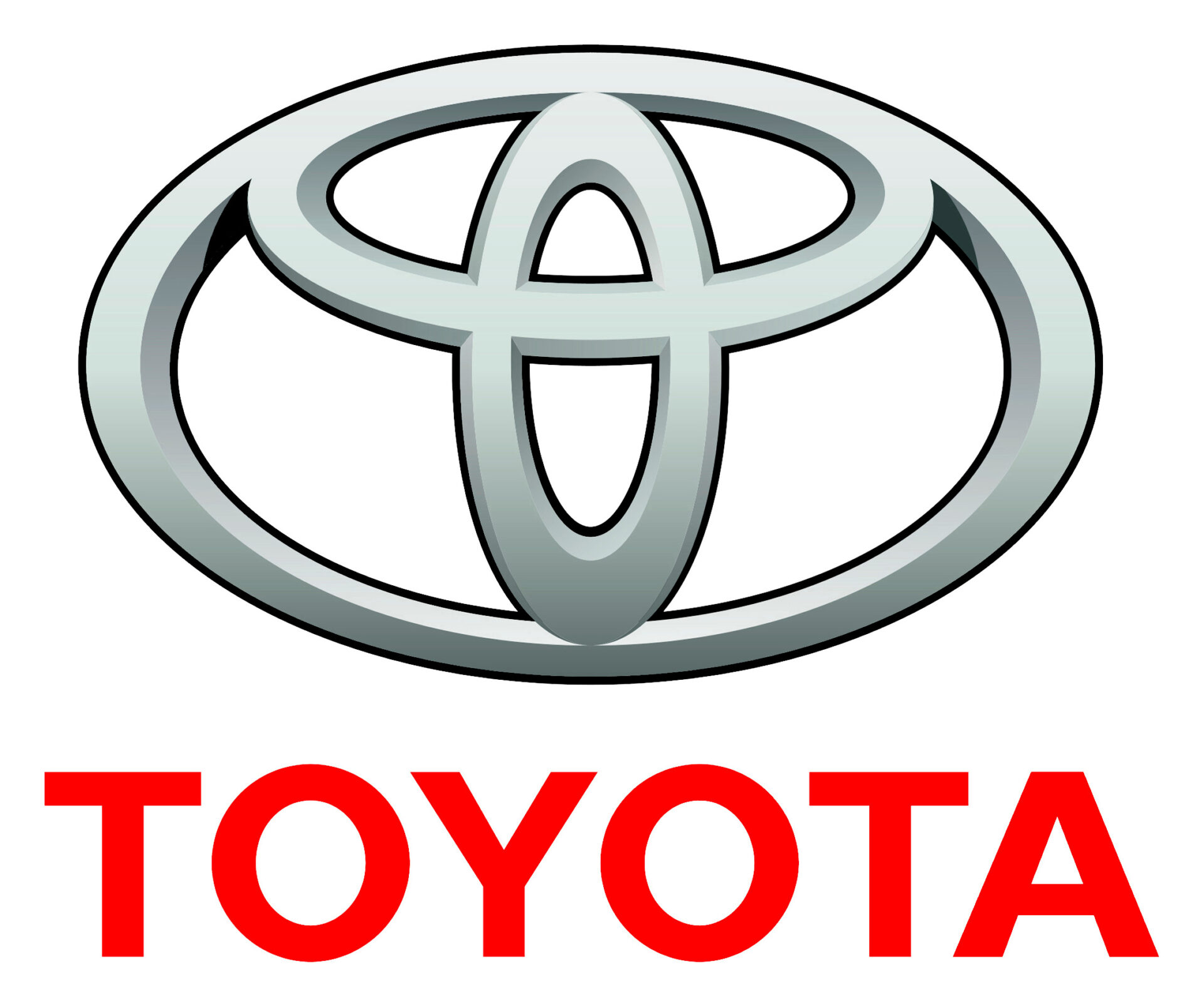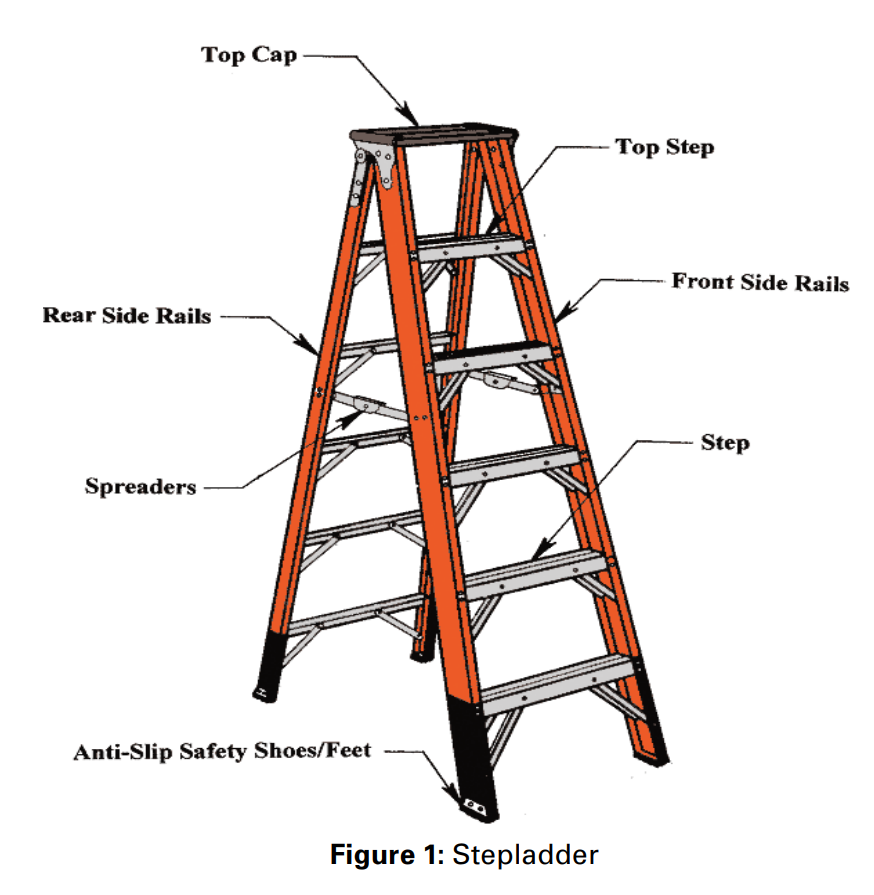Quality is Job One, Especially Air Quality
Ford Motors declared in the 80s, “Quality is Job One”—but when it comes to Indoor Air Quality (IAQ), that is literally true, since air is the number one source of exposure to chemicals in most buildings.
As every car maker knows, careful sourcing of parts/materials is crucial for a quality product, and so it is with sourcing of air.
EPA says the top three measures—in order of importance—to protect air quality are:
1. Stop contaminants at the source
2. Ventilate
3. Filter or purify the air.
Think of oil spills. Which is better: to prevent the release of oil from tankers or cleaning it up later? The answer is obvious. Like seawater, air is a fluid, and toxins released into it may spread out rapidly, damaging ecosystems and health.
Stop it at the Source
As reducing harmful emitters protects life and indoor spaces, start by listing everything indoors that may emit pollutants. This may include cleaning supplies, office supplies, paints, insecticides, and much more.
The EPA has an IAQ Walkthrough Checklist to facilitate this in schools.
Add Fresh, Remove Stale Air—Ventilate
ANSI/ASHRAE Standard 62.1-2019 gives guidance on desired ventilation rates, but since sensitivity to airborne substances varies, consider this a floor not a ceiling.
Control energy costs of ventilation using Heat Recovery Ventilators (HRVs) or Energy Recovery Ventilators (ERVs) which recover energy from outgoing air and transfer it to incoming air. ERVs add humidity control. Occupancy sensors can sense carbon dioxide levels and run ventilation at designated setpoints.
Filter, Clean It
Use high MERV (Minimum Efficiency Reporting Value) filters, provided the HVAC can handle the airflow resistance.
Inspect, clean and replace filters regularly.
Volatile organic compounds (VOCs) require a different removal approach, such as activated carbon to adsorb gases.




